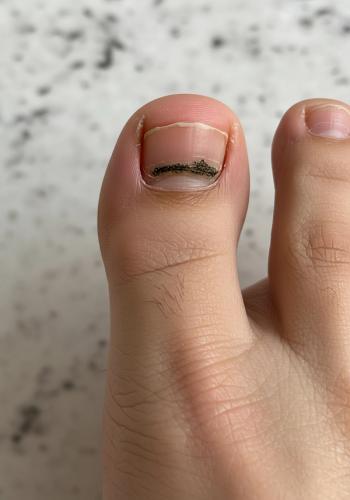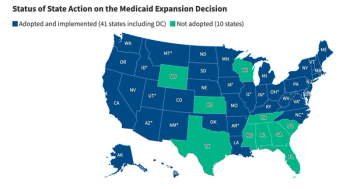
What’s Missing from Hospital Opioid Stewardship Programs
A survey from Vizient identifies top strategies for the treatment of pain.
Hospitals need to have a multidisciplinary, opioid stewardship program with appropriate resources and authority, according to a new survey.
A
“This study identifies strategies that healthcare leaders find effective in our fight against the opioid epidemic,” says Jim Lichauer, project manager, performance improvement collaboratives and advisory for Vizient.
According to the survey:
- 47.8% of respondents reported their facilities are seeing patients demonstrating drug seeking behavior multiple times per day, daily, or nearly every day
- Nearly two-thirds (64%) of hospitals have increased investment in opioid medication management in the last 12 months with prescriber education the most common program implemented (78%).
- New dosage guidelines for acute care patients upon discharge received the best reviews with 74% of those from facilities that have put them in place. Staff who adopted the new dosage guidelines feel the new rules were extremely or very effective. Adding new staff to help manage the opioid epidemic (67%) and new technologies to monitor opioid prescribing (50%) were the next two most effective strategies to address potential abuse of these medications.
Related:
The programs hospital respondents have most commonly implemented in the last 12 months to address the opioid epidemic include:
- Prescriber education, 78%
- New technologies to monitor prescribing, 56%
- New alternatives for acute pain management, 54%
- Prescriber limits on dosage/quantities, 44%
- Safe disposal of old medications, 43%
- Opioid stewardship program, 33%
What is needed first is to transform prescribing to align with evidence-based guidelines and reduce the supply of opioids in the community, according to Lichauer.
Top strategies
The study identifies top strategies of improved prescriber education, improved monitoring, and expanded options for the treatment of pain.
An opioid stewardship program should include:
- Appropriate IT and analytics support in order to obtain the necessary data and make the necessary changes to the EHR.
- Programs that align opioid-prescribing with evidence-based guidelines.
- Not only a focus on opioids but also development of pain management programs that include non-pharmacologic and non-opioid pain management strategies.
- Ways to expand access to treatment programs for patients with substance abuse disorder.
Newsletter
Get the latest industry news, event updates, and more from Managed healthcare Executive.






















































